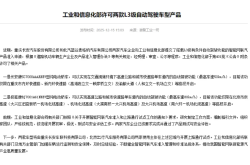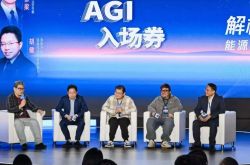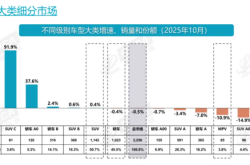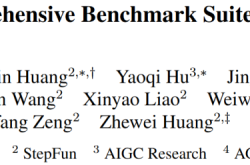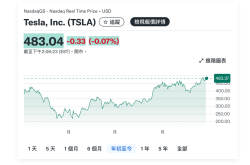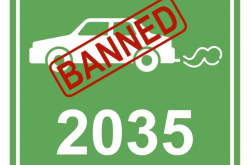Three-Year Doubling Plan: How to Make Charging as Convenient as Refueling?
![]() 10/24 2025
10/24 2025
![]() 489
489
The entity that can make charging as quick and easy as refueling will truly hold the key to unlocking the bottleneck in the electric vehicle (EV) market.
On the first day of this year's National Day holiday, charging stations at highway service areas reached unprecedented levels of congestion, with some even implementing a 'queue numbering' system! Many netizens took to social media to complain that from the evening of September 30 to the early hours of October 1, long queues of vehicles formed at charging stations in service areas along multiple highways, with waiting times ranging from 1 to 4 hours, creating a 'charging version of the Spring Festival travel rush'.
However, unlike previous years, service area staff came up with an innovative approach to manage the perennial 'charging army': by holding number plates and acting as 'charging station queue managers,' they maintained order while reassuring drivers, 'Don't worry, please charge in sequence. You'll be next!'
This scene was both amusing and reflective of the sweet dilemma brought about by the popularity of new energy vehicles.
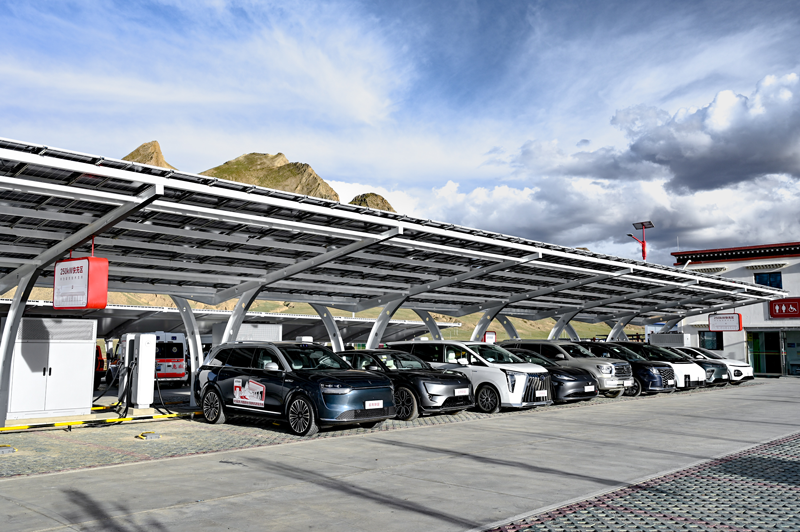
In fact, driven by both national policies and market demand, the construction of EV charging facilities in China has accelerated into the fast lane.
On October 20, the National Energy Administration released another set of latest data, showing that by the end of September 2025, the total number of charging infrastructure facilities nationwide had exceeded 18 million, representing a year-on-year surge of 54.5%. Among them, the power capacity of public charging stations approached 200 million kilowatts, while the installed capacity of private charging facilities surpassed 120 million kilovolt-amperes.
Despite these impressive figures, why do consumers still face challenges with charging during certain times?
Firstly, are there enough charging stations?
Nationally, the current official vehicle-to-charger ratio of 2.2:1 appears to indicate 'sufficient supply.' However, this average masks a critical structural imbalance. For instance, charging stations at highway service areas account for less than 1% of the total but experience a 10-fold surge in demand during holidays.
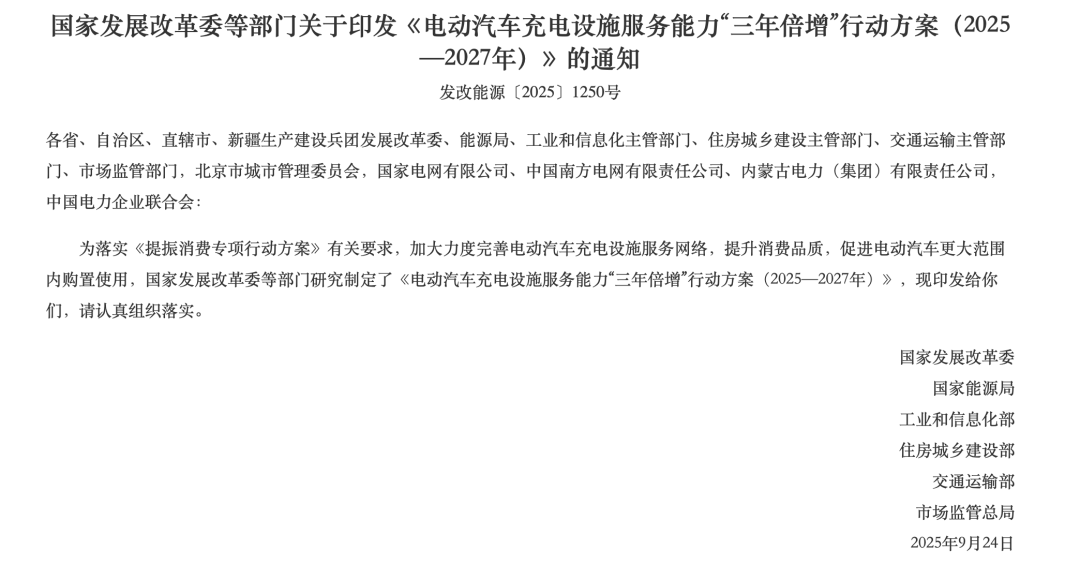
This is the so-called 'tidal wave of supply-demand imbalance.'
Monitoring by the State Grid reveals that during the National Day holiday, over one-third of service areas nationwide saw charging station utilization exceed 120%, with some stations serving up to 2,000 vehicles per day. On regular days, however, over 70% of these stations remained idle, meaning 7 out of 10 chargers were 'sunbathing.'
More challenging is the regional divide. Eastern coastal provinces concentrate 66.7% of public charging stations, with Guangdong alone boasting over 1 million. In contrast, a certain county in the west has only 3 fast-charging stations.
It's a case of 'drought in some areas, floods in others.'
This 'idle on weekdays, overwhelmed on holidays' characteristic means that simply building more charging stations is not the optimal solution. Planning construction based on holiday peaks would inevitably lead to weekday resource waste and deter capital investment. Therefore, resolving the issue requires more precise 'differentiated strategies.'
The industry has proposed some solutions. For example, could big data accurately predict charging station supply and demand on various road segments during holidays and promptly dispatch mobile charging stations for support? Could a 'reservation charging' model be promoted, allowing drivers to plan their charging stops and times before departure to avoid blind queuing?
Moreover, sometimes the difficulty in charging is not due to a lack of stations but their poor usability. Some charging stations have outdated interfaces that fail to initiate charging promptly; others have incompatible interfaces, leading to low utilization rates. For these 'zombie stations' and 'inefficient stations,' could a regular operation and maintenance mechanism be established to conduct regular equipment inspections and promptly replace outdated facilities?
Resolving these contradictions requires a coordinated effort from the government, operators, and users to deliver a 'combination punch.'

This brings us to the recently released 'Three-Year Doubling Action Plan for Electric Vehicle Charging Facility Service Capacity (2025-2027).'
According to the new plan, by the end of 2027, China aims to 'fully double' its charging service capacity, with 28 million charging facilities built and public charging capacity exceeding 300 million kilowatts. More excitingly, the policy targets 'charging blind spots'—townships and rural areas—as key priorities. Through hardcore measures like '100% charging facility installation in new residential areas' and 'adding at least 14,000 DC charging guns in townships,' an 'on-the-go charging' support network will be woven for 80 million electric vehicles.
The total investment in the 'Three-Year Doubling' plan will also exceed 500 billion yuan.
But can this plan, dubbed the 'strongest infrastructure boom in history' by the industry, truly solve the charging difficulties?
Firstly, 'lifesaving stations' at highway service areas will be a key focus. The plan requires all service areas, except those in extremely cold and high-altitude regions, to be equipped with fast-charging stations above 60kW by 2027, with popular routes seeing 'one ultra-fast charging station every 50 kilometers.'
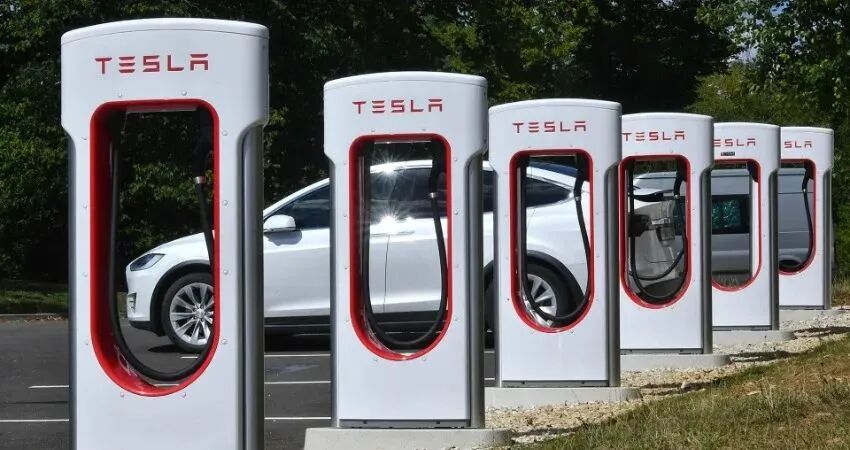
Taking the Shanghai-Beijing Expressway as an example, currently, only 20 service areas have fast-charging stations along the single route. After renovation, 35 more will be added, theoretically reducing charging queue times from 4 hours to 40 minutes. Pilot mobile charging vehicles, simply put, refer to the service areas mentioned earlier that can promptly dispatch mobile charging stations and integrated photovoltaic-storage-charging stations to meet 10-fold tidal demands.
Breakthroughs will also be made in the 'last mile' of rural charging networks.
Over 14,000 townships in China still lack public charging stations. The plan sets a 'one charger per village' goal, reducing grid transformation costs through photovoltaic-storage models and estimated driving a 300% increase in county-level charging stations. In essence, consumers should not only be able to charge in eastern coastal areas or the Greater Bay Area but also ensure that 'every village has a charger,' transforming past 'road access to every household' into present 'charger access to every village.'
Of course, another notable topic from this Three-Year Doubling Action Plan is the construction of an urban public charging network primarily consisting of fast charging, supplemented by slow charging, and beneficially complemented by high-power charging.
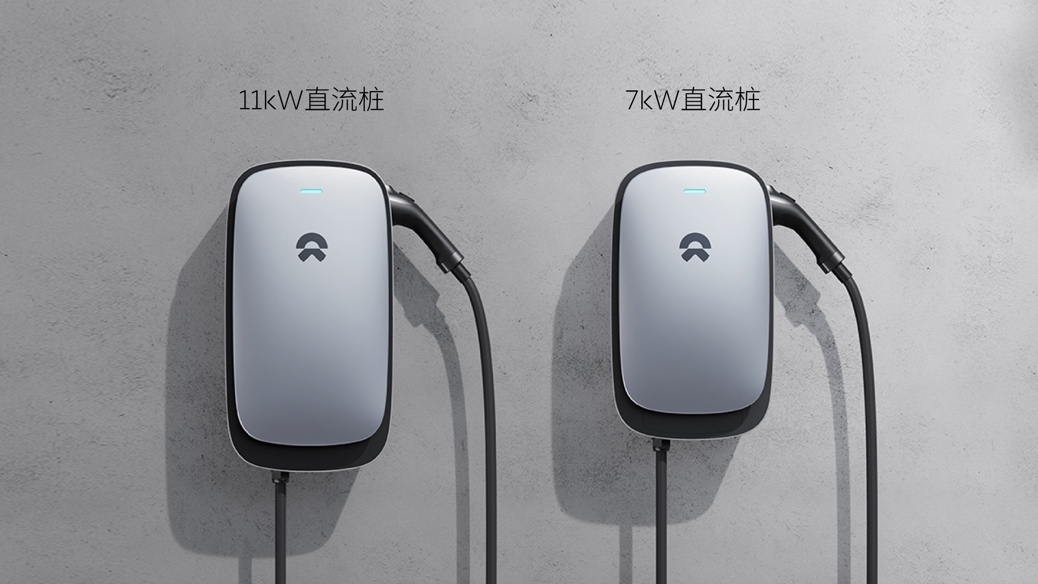
Breakthroughs in high-voltage fast-charging technology are reshaping industry standards, with charging voltages jumping from 500V to 800V and single-gun power increasing to 350kW. Moreover, from a cost perspective, which is most concerning to investors, the cost of liquid-cooled charging guns has dropped by 30%, a significant positive development. After all, liquid cooling is one of the primary means of efficient thermal management.
Therefore, whoever can truly make 'charging for 10 minutes to drive 400 kilometers' a reality will hold the true key to breaking the deadlock. Currently, companies are actively launching high-voltage fast-charging products. For instance, in April this year, Huawei released the Ultra-Fast Charging Alliance 2.0 and an all-liquid-cooled megawatt-level ultra-fast charging solution, enabling a 300 kWh battery pack to be fully charged in 15 minutes. CATL also unveiled its second-generation Shenxing ultra-fast charging battery, providing 520 kilometers of range after just 5 minutes of charging.
Additionally, automakers, including leading new energy vehicle companies, continue to build proprietary charging networks on a large scale.
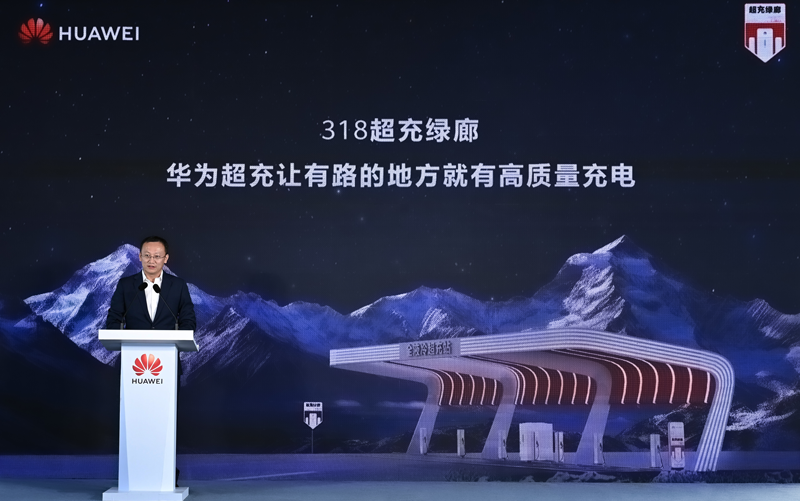
According to reports, by October 15, 2025, Hongmeng Intelligent Driving's charging network has covered 10 vertical and 16 horizontal routes across five major metropolitan areas, with access to over 1.4 million charging stations, basically covering the energy replenishment network in over 340 cities nationwide, including G-prefixed highways. Hongmeng Intelligent Driving has also integrated over 1,000 Huawei 600KW ultra-fast charging stations, with plans to cover more S-prefixed provincial highways to further improve the energy replenishment network.
As of October 15, 2025, NIO has built a total of 3,525 battery swap stations, including 1,002 on highways, 4,765 charging stations, and owns 27,276 charging piles, with access to over 1.379 million third-party charging piles.
At the end of last year, Xiaomi Motors officially announced its collaboration with NIO, XPENG Motors, and Li Auto on charging and energy replenishment networks. According to the collaboration, the charging resources of these three companies will be fully integrated into Xiaomi's charging map, allowing Xiaomi users to view real-time dynamic data of NIO, XPENG, and Li Auto charging piles on the map.
From the perspective of the charging industry, the proprietary energy replenishment networks built by automakers are entering a phase of significant integration. Under this backdrop, the energy replenishment businesses of relevant automakers are also achieving true economies of scale.

From the 'charging version of the Spring Festival travel rush' with queue numbering to the implementation of the 'Three-Year Doubling' Action Plan, the energy replenishment dilemma for new energy vehicles is undergoing a transformation from quantitative to qualitative change.
Driven by both policies and technology, the national charging network will accelerate into a connected web, with high-voltage fast-charging technology redefining energy replenishment efficiency through breakthroughs like 'charging for 10 minutes to drive 400 kilometers.' As 'every village has a charger' in townships and 'ultra-fast charging corridors' on highways gradually become reality, this sweet dilemma will ultimately transform into the ease of charging on the go.
After all, future travel will no longer be a game of range anxiety but a testament to technological inclusivity—whoever can make charging as quick and easy as refueling will truly hold the key to unlocking the bottleneck.
Note: Some images are sourced from the internet. If there is any infringement, please contact us for removal.
-END-


